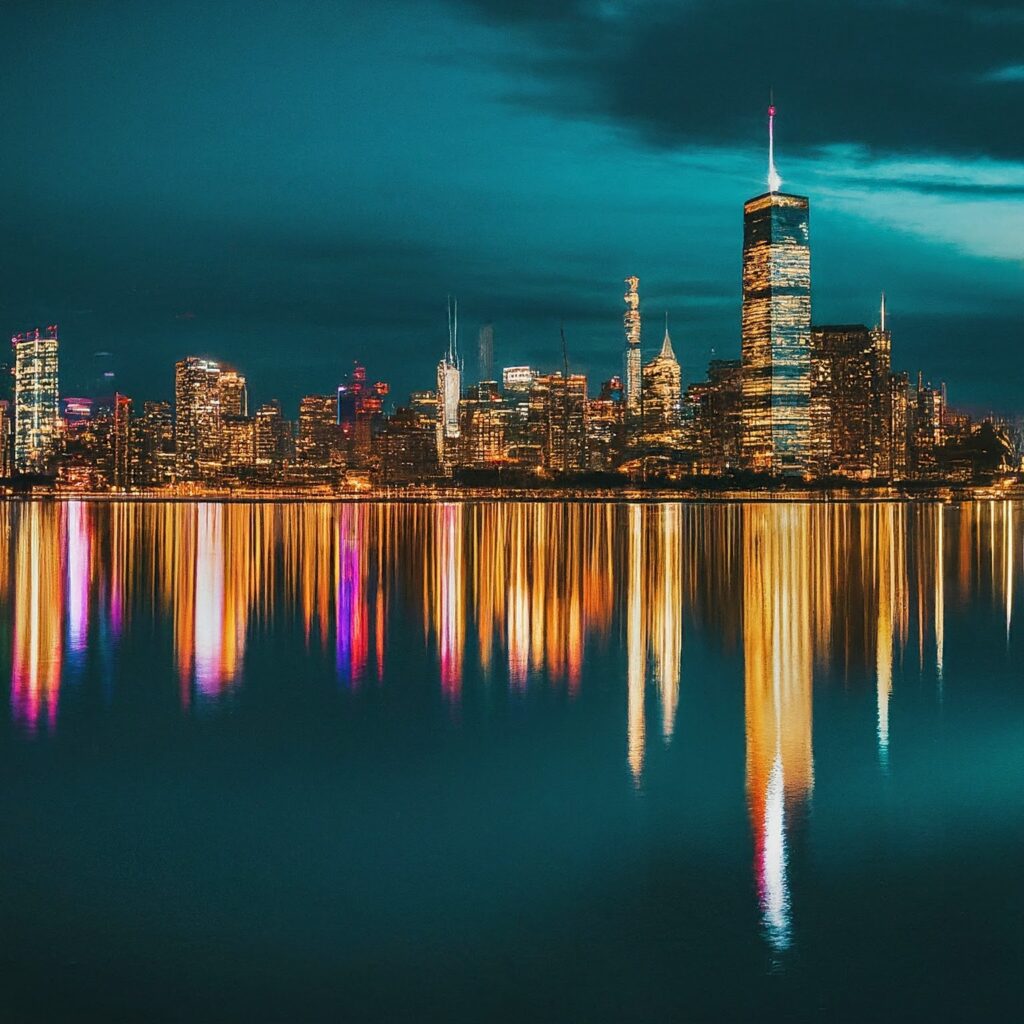As landscape photographers, we often hear that a polarizing filter is an indispensable tool. It’s true that this simple piece of glass can dramatically improve outdoor shots, but here’s a controversial statement: Sometimes, it’s better to leave your polarizer in your bag.
Before we dive into when not to use a polarizer, let’s quickly recap what it does. A circular polarizing filter reduces specific types of reflected light from entering your lens. It’s particularly effective at cutting glare from water, glass, and other reflective surfaces, which can enhance colors and reveal details that might otherwise be obscured.
However, there are scenarios where this glare reduction can actually detract from your image. Let’s explore six situations where you might want to think twice before attaching that polarizer.
- When Reflected Light Adds Color

Picture this: You’re shooting a sunset over a rocky beach. The wet rocks are gleaming with warm, reddish light that mirrors the sky. In this case, a polarizer might do more harm than good. By reducing those colorful reflections, you could lose the harmonious glow that ties your composition together.
Take-away: If the reflected light in your scene adds appealing color, consider shooting without the polarizer to preserve that vibrancy.
- Embracing the “Super Wet” Look

While polarizers are often used to cut through surface shine on wet objects, sometimes that shine can be a desirable effect. Think of a long-exposure waterfall shot where glistening rocks add contrast and visual interest. A polarizer would reduce this effect, potentially making your image feel flatter.
Pro tip: Before automatically reaching for your polarizer in wet conditions, consider whether those highlights might actually enhance your composition.
- Low Light and Shaded Areas

When you’re shooting in dim conditions, such as a deeply shaded forest or during twilight, a polarizer may not be your friend. Here’s why:
- In low light, reflections are usually minimal anyway, so there’s less for the polarizer to “fix.”
- Polarizers reduce the amount of light entering your lens. In already dark conditions, this could force you to use uncomfortably long shutter speeds or high ISO settings.
Remember: In low light, prioritize getting enough light to your sensor over polarization effects.
- Night Photography

This follows directly from our previous point. When shooting at night, whether it’s cityscapes or star trails, you generally want to capture as much light as possible. A polarizer will only hinder this goal by reducing your light intake.
Plus, most nighttime reflections (like city lights on water) are often desirable parts of the composition.
Nighttime rule of thumb: Unless you have a specific reason to use it, keep that polarizer off when shooting after dark.
- When Water Reflections are Key

Sometimes, those mirror-like reflections in still water can make or break an image. Think of a mountain reflected perfectly in a calm lake. A polarizer could dramatically reduce or even eliminate this effect.
However, you might still want the polarizer’s effect on other parts of the scene. In these cases, consider taking two shots:
- One with the polarizer to enhance colors and reduce glare on non-water elements.
- Another without the polarizer to capture the water reflections.
You can then blend these in post-processing for the best of both worlds.
- Rainbow Photography

Here’s a fact that might surprise you: Polarizers can make rainbows disappear! That’s because, from the perspective of your camera, a rainbow is essentially reflected light – exactly what a polarizer is designed to reduce.
Rainbow chasing tip: If you’re out hunting for rainbows, make sure your polarizer is off. If you need its effects for other elements in your shot, use the two-shot method described above.
The Polarizer Paradox

Despite this list of “don’ts,” I still consider a polarizing filter an essential part of my kit. In fact, if I realize I’ve left home without it, I’ll often turn back to get it. That’s how valuable it can be in the right situations.
The key is developing the judgment to know when to use it and when to leave it off. This comes with practice and careful observation of your scenes. When in doubt, try both! Digital photography affords us the luxury of experimentation.
Remember, rules in photography are meant to be guidelines, not strict laws. The most important thing is to understand your tools so you can make informed decisions that result in the best possible images.
So, next time you’re out shooting, challenge yourself. Before automatically screwing on that polarizer, pause and ask: “Will this actually improve my shot?” You might be surprised at how often the answer is “no” – and how liberating that can feel.
What are your experiences with polarizing filters? Have you found yourself in situations where leaving it off led to a better shot? Share your stories and insights – the photography community grows stronger through our shared experiences!
